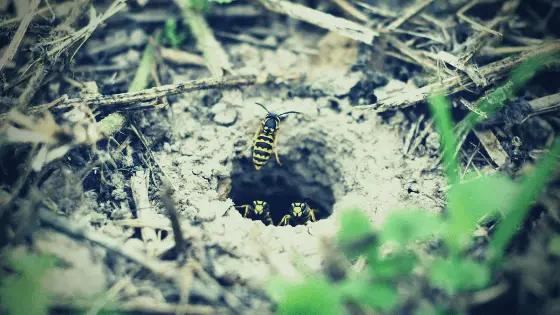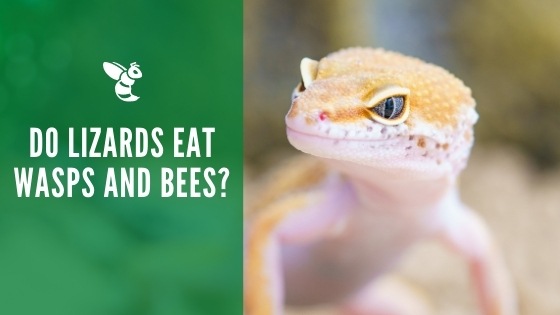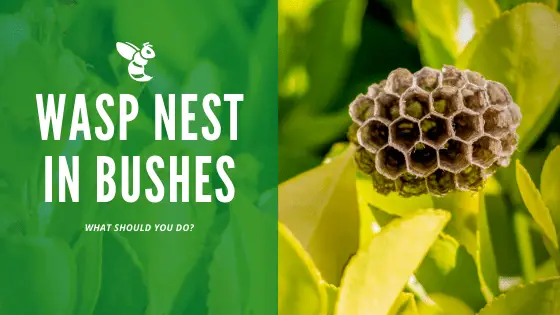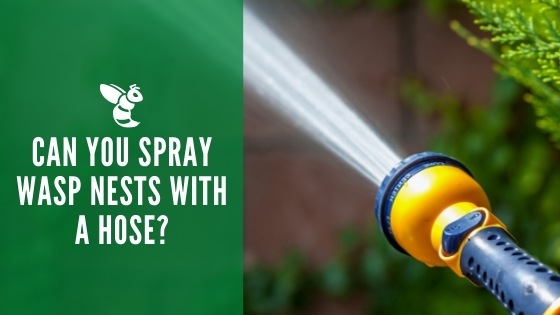How to get rid of Ground Digger Wasps (Cicada Killer Wasp)

Difficult to spot and eradicate, the nests of ground digger wasps are usually found deep within the ground. If you disturb the nest while you’re mowing the lawn or walking around the yard, you could very well get stung by these aggressive insects.
If you find the nest during the day, make sure you come back after dusk. This is when the majority of the wasps will be back in the nest. You’ll kill more of them this way.
What are Ground Digger Wasps?
This very large variety of wasp is extremely passive-aggressive. If you leave them alone, they’re likely to leave you alone. If they feel threatened, this is when you should watch out. Ground digger wasps build their nests in dry ground areas and reproduce quickly.
They have a black body with yellow stripes on the back area. They can grow to be around one and a half inches long. Their wings can be a quarter-inch in width. They are often confused with bees, but they are their own distinct species that have their own life cycle.
Are Ground Digger Wasps Dangerous?
The female ground digger wasp tends to be more mellow than their male counterparts. If they have a nest in the ground, you may not even know it’s there for awhile. When agitated, their larger stinger is something they’re more than willing to use. This is the part of their body that they use to kill their prey.
Expect a bit of a pinch, and stay away from the nest if you suspect you might be allergic to their venom.
How to Safely Get Rid of Ground Digger Wasps
During the daytime hours, mark the holes where you see the wasps are going in and out. There may be more than one hole to look for. July and August tend to be their most active months of the year, depending on where you live. You can use ammonia that is purchased from your local grocery store to kill the wasps.
You’ll pour it down the holes in the evening hours when they’re back at the nest. Make sure that you’re protected in case they come out ready to sting you. You may have to repeat the process the next day if you see activity again.
If you allow a network of ground digger wasps to get out of control, you can expect that the area where their tunnels are located could become unstable. You may notice that your lawn starts to cave in certain places. Once the babies are born within the nest, their tunnel system can become very extensive.
If you’re lucky, you’ll spot the problem early on before any damage is done to your yard. This allows you the opportunity to get rid of the colony before everything gets out of control. You should stay diligent, and keep an eye out for any recurring wasp activity over the next few weeks. It’s unlikely they will return to the same place next year when the warm weather arrives again.



